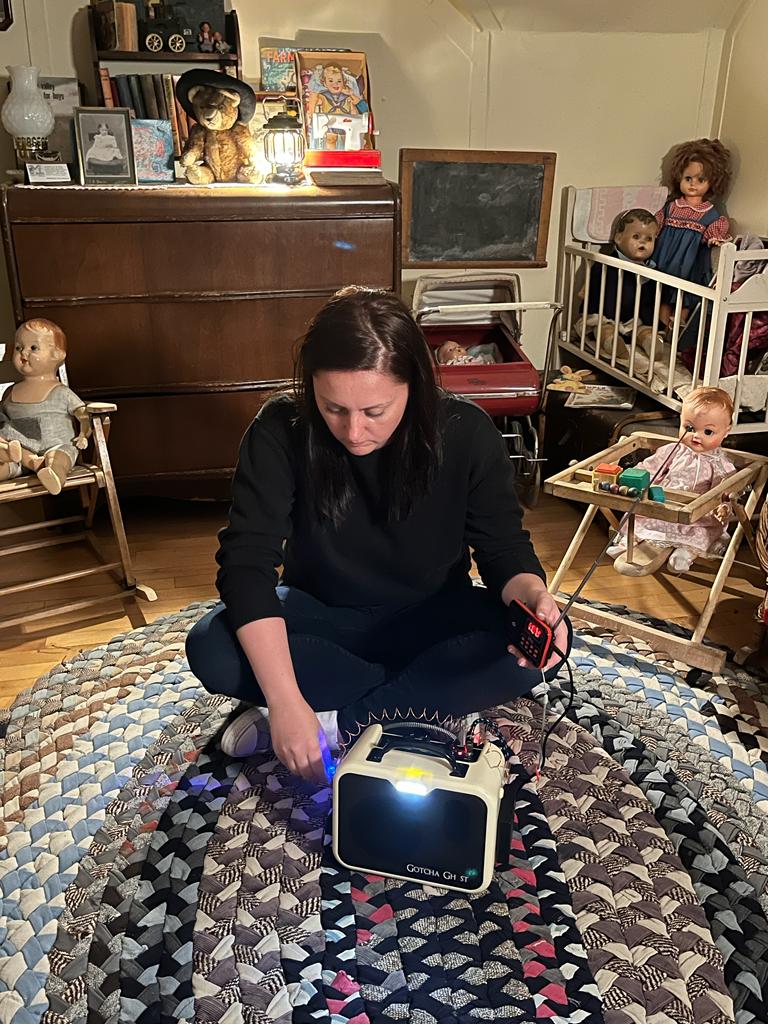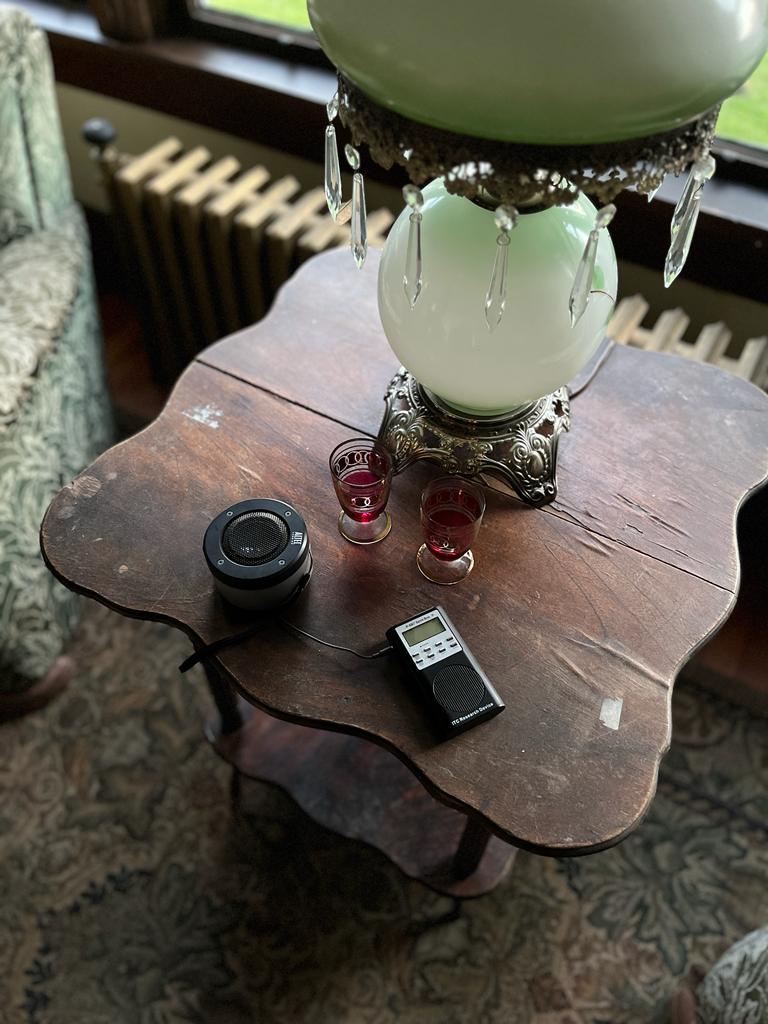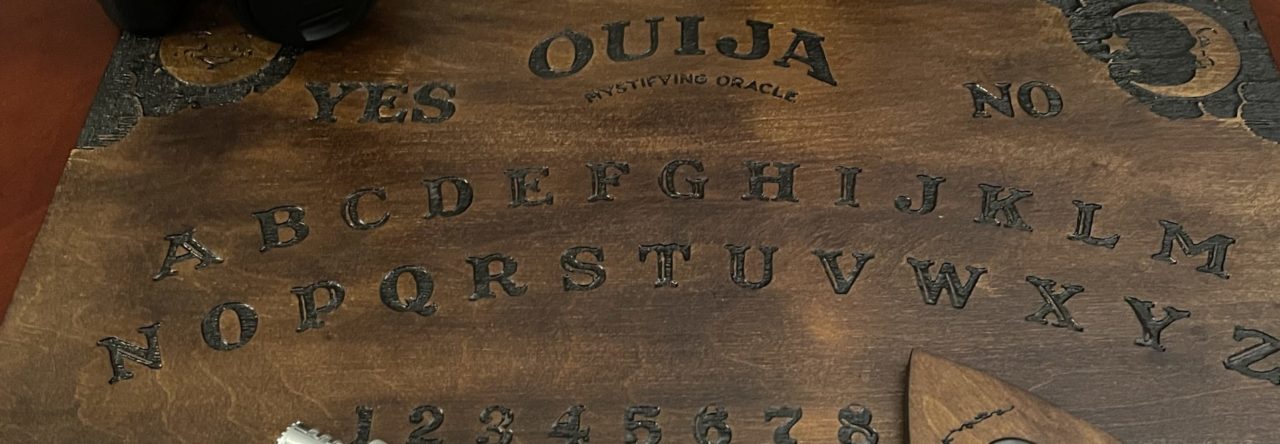
The spirit box is a popular tool used in paranormal research to communicate with spirits or entities from the spirit world. It is also known as a ghost box or a spirit communication device. This device is designed to scan through radio frequencies at a rapid pace, creating a continuous stream of white noise or audio snippets. Paranormal investigators believe that spirits can manipulate this audio to communicate their messages.
Using a spirit box properly requires a careful approach and an understanding of the potential limitations and challenges involved. Here are some techniques to help you use a spirit box effectively:
1. Familiarize Yourself with the Equipment: Before using a spirit box, take the time to understand its functions and controls. Read the user manual and experiment with different settings to become comfortable with its operation. Some common features include volume control, scan speed adjustment, and frequency bands selection.

2. Choose the Right Environment: Conduct your spirit box session in a location that is reputed to have paranormal activity or is known to be haunted. Typically, older buildings, cemeteries, or sites with a history of supernatural phenomena are good options. It’s important to ensure your surroundings are quiet and free from external sources of interference like radio signals or nearby electronics.
3. Set Clear Intentions: Before starting the session, set your intentions and state them aloud. Let any potential spirits know that you are open to communication and that you respect them. It is essential to maintain a respectful and positive attitude throughout the process.
4. Start with Questions: Begin your session by asking clear and concise questions. Address spirits politely and give them time to respond. Avoid asking leading questions that may influence the answers or be too vague. Consider asking questions that relate to the specific location or personal details of the spirits you wish to communicate with.
5. Pay Attention to Responses: As the spirit box scans through frequencies, listen carefully for any responses or relevant snippets of audio. Spirits may manipulate the white noise or use the voices from the radio broadcasts to communicate. It’s important to note that the responses may not always be clear or immediate, so patience is key.
6. Document and Analyze: Have a reliable method of documenting the session, such as recording audio or video. This will allow you to review the session later and analyze any potential communication that occurred. Make a note of any noteworthy responses or moments during the session.
7. Cross-Reference and Verify: To minimize the possibility of false positives or misinterpretations, cross-reference any significant responses with historical records or personal knowledge of the location. This can help validate the accuracy and relevance of the information received.
8. Maintain Skepticism and Objectivity: While using a spirit box, it’s crucial to maintain a skeptical and objective mindset. Be aware of potential biases and be open to alternative explanations for any perceived communication. Consider other environmental factors, such as electromagnetic fields or radio interference, that may influence the spirit box’s output.
9. Respectful Closure: Once you are ready to conclude the session, thank any spirits that may have communicated and express your intention to end the conversation. Maintain a respectful and positive attitude throughout the process, leaving the location undisturbed.
Remember, using a spirit box does not guarantee communication with spirits, and the results may vary. It is essential to approach paranormal research with an open mind and respect for the unknown.
Read more: Spirit Box? Radio or Voices from the Other Side?